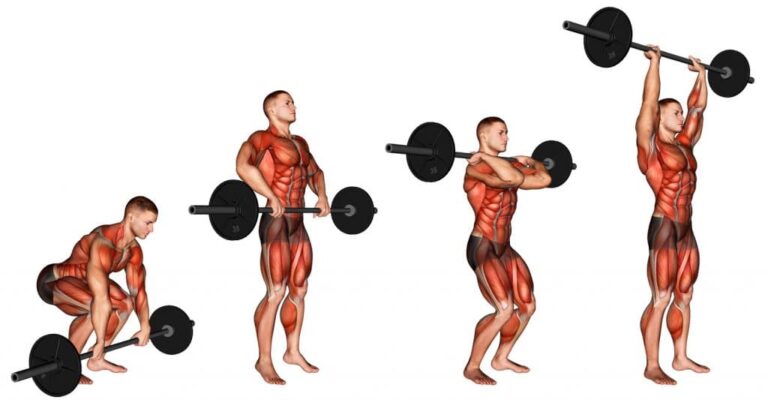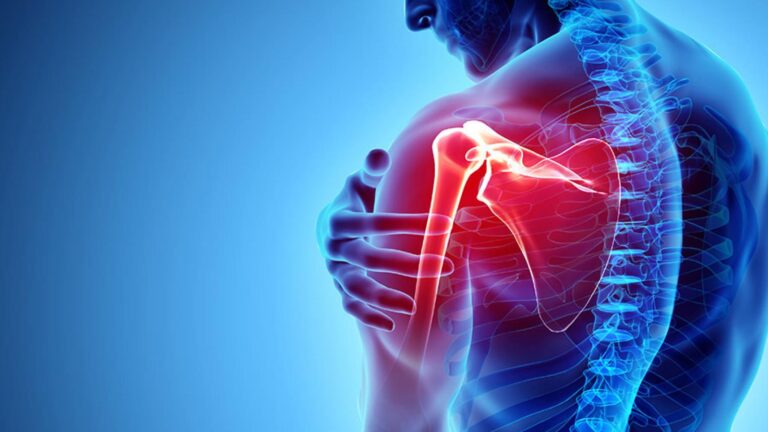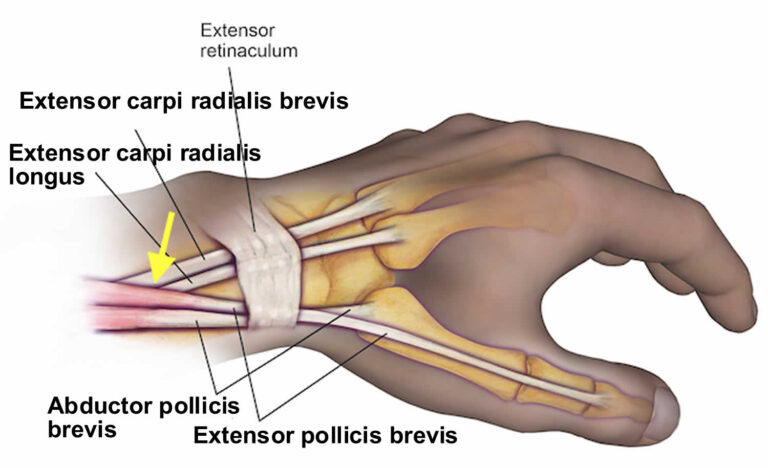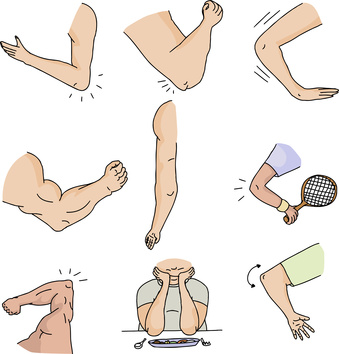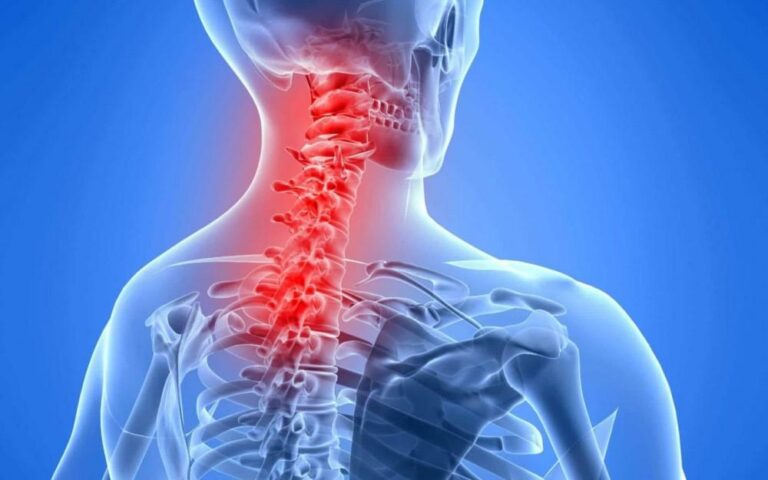Matsyasana
What is Matsyasana? Matsyasana (Fish Position) is normally taught as a counter position to the inversion Shoulderstand (Sarvangasana), but it can be a forceful posture in it is right. Matsya means “fish” and Asana means “posture” or “position”. This asana is pronounced as mut-see-ahs-ana. It is traditionally designated as a back-bend, a position in which…


